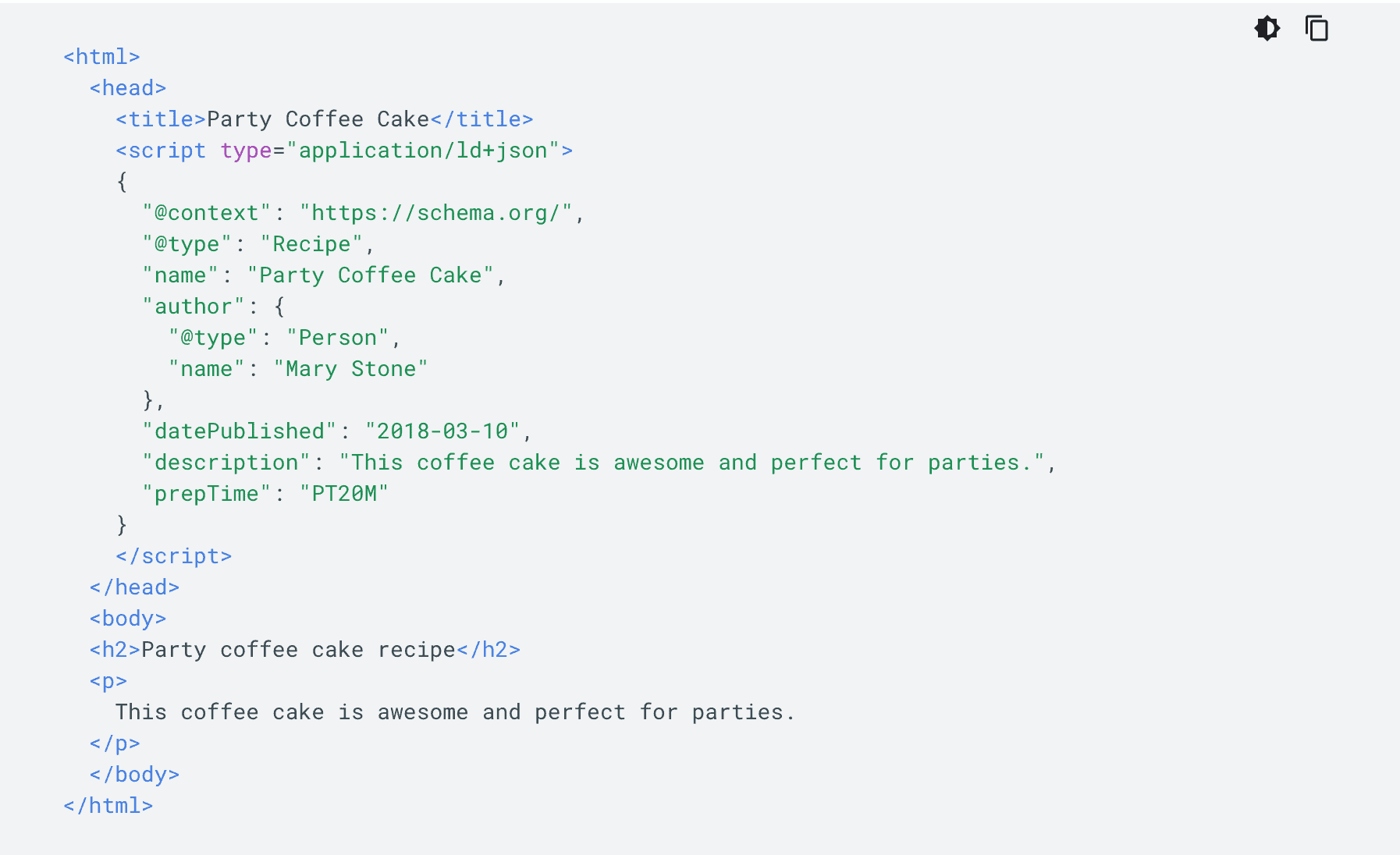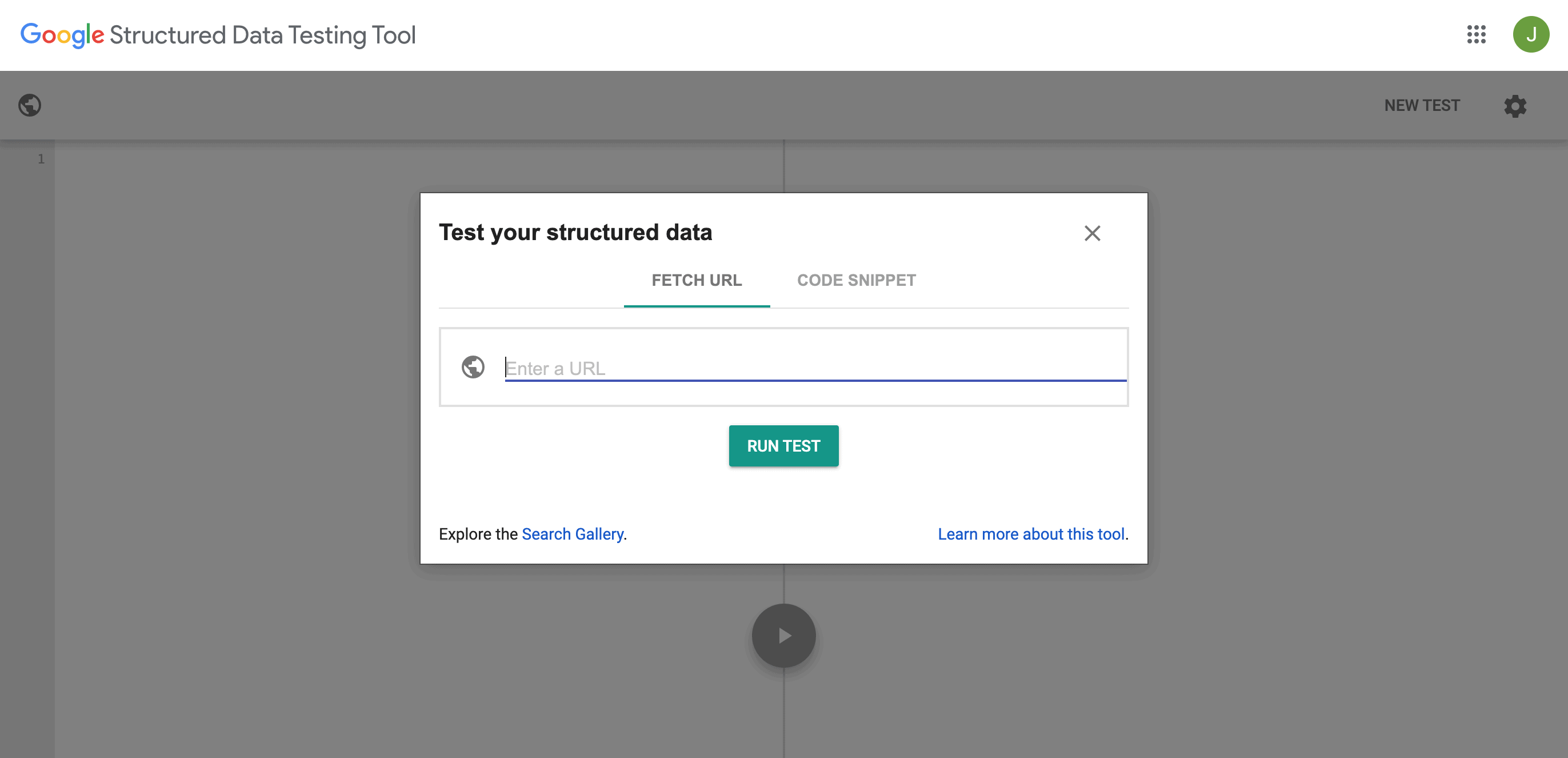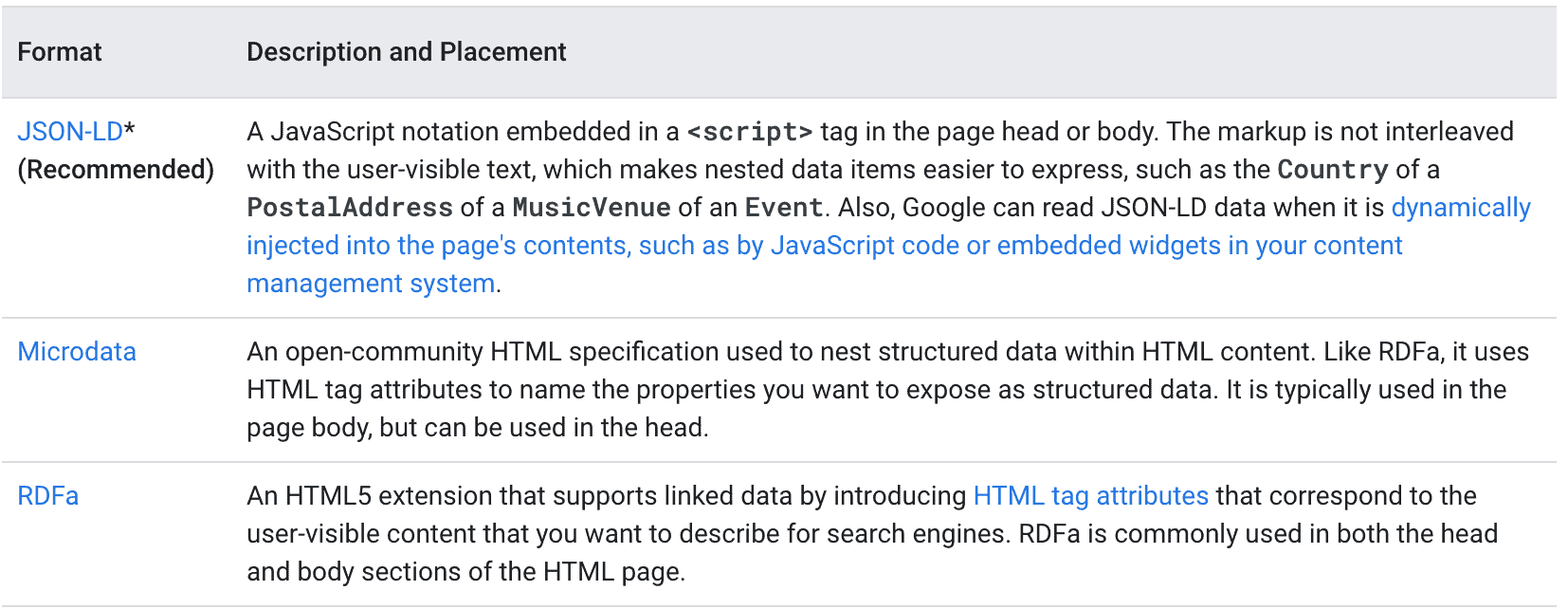Many marketing professionals and small business owners can roll with the punches until any sort of “coding” gets thrown at them. It’s an unfortunate truth, but any sort of coding or structured text can send even some of the best digital marketers into an anxiety spin.
Structured data is a way for website owners to provide information about a page to the Search Engine Results Pages (SERPs). This helps their pages be more easily searched for and page content can be classified in explicit ways for search engine results. Take the example below from a Google Developer forum:
“Here is a JSON-LD snippet that might appear on a recipe page, describing the title of the recipe, the author of the recipe, and other details:”

As you can see, this example allowed the business to classify information to be read by search engine bots for classification. It is important to note that the major search engines recognize structured data (also known as schema.org data): Google, Bing, and Yahoo! for example, so your efforts are not just going to one SERP.
If you are like most professionals without coding experience, the task of having to come up with this structured text may seem daunting. While having a coding background always helps in situations like these, it is certainly not essential to success.
There are some really great tools that will help you to not only develop your own markups but also implement them in the right way. For example, Google’s Structured Data Markup Helper will walk you through step by step to develop this code (and remember that the entered text will not be exclusive to Google).
You can also test your existing structured data using Google’s Structured Data Testing tool here, and you can find even more structured data testing tool options at Schemaapp.com.

Ultimately, structured data is read by the search engine bots that crawl the Internet, but it is for you and me — the user. It allows a user to type in something obscure and find exactly what they are looking for.
Have you ever typed in something like “recipe that has eggs and a crust” and found the perfect quiche recipe? Or maybe something like “show about seven kingdoms and a dragon queen” and were given Game of Thrones as a result? Okay, while these examples might be obvious, structured data is what allows users to search for a non-sensible query.
One of the key things to keep in mind with structured data is formatting. There are three formats that are generally supported by search engines: JSON-LD, Microdata, and RDFa. You can read a little more about these three formats in the following table, which was constructed by Google:

There are extensive best practice and formatting guidelines to consider in addition to the actual coding itself. I will not go through all of them in this article, but some of the most important things to keep in mind as you implement structured data on your site include:
There is actually quite a lot you can mark up. A full list is provided here, with terminology and vocabulary. The hierarchy is split between “textual property values” and “things that describe.” You can provide information about products, services, events, organizations, people, places, and more. Still, each one of these has a specific style and format that must be used in order to make similar items look similar to search bots.
Moz gives the example of structured data for a book on their blog. Books fall in the realm of “creative work”: have the properties “name” (title), “author,” “illustrator,” “ISBN,” plus any additional that you want to use to describe a book more specifically.
Any SEO or digital marketing professional familiar with structured data will admit that it can seem overwhelming without any experience or trial. However, hopefully this article has shown that there are so many tools and resources available, and when explained in simpler terms, it makes a lot of sense why sites need to have structured data to be successful.
In fact, there is some evidence that websites with more structured data and rich snippets have a better click-through rate. While it may not necessarily correspond to ranking specifically, there is certainly value in having this level of detail when your pages are getting crawled.
What are your thoughts on structured data after learning more about how it can help you appear on search engine results pages? Let us know your thoughts in the comments section below.
Feature Photo Image Credit: RaymondWare.com
